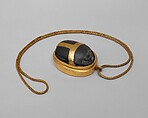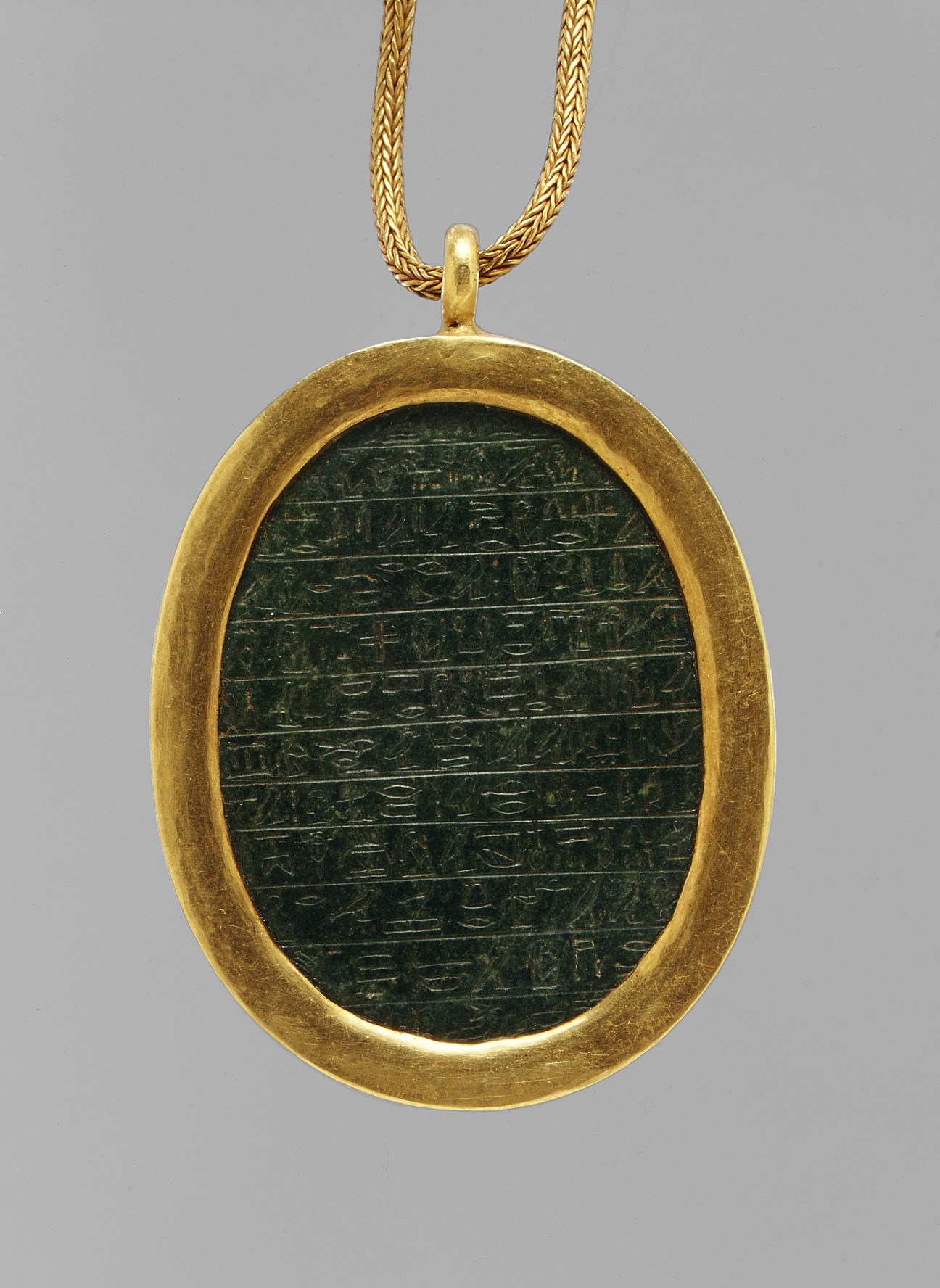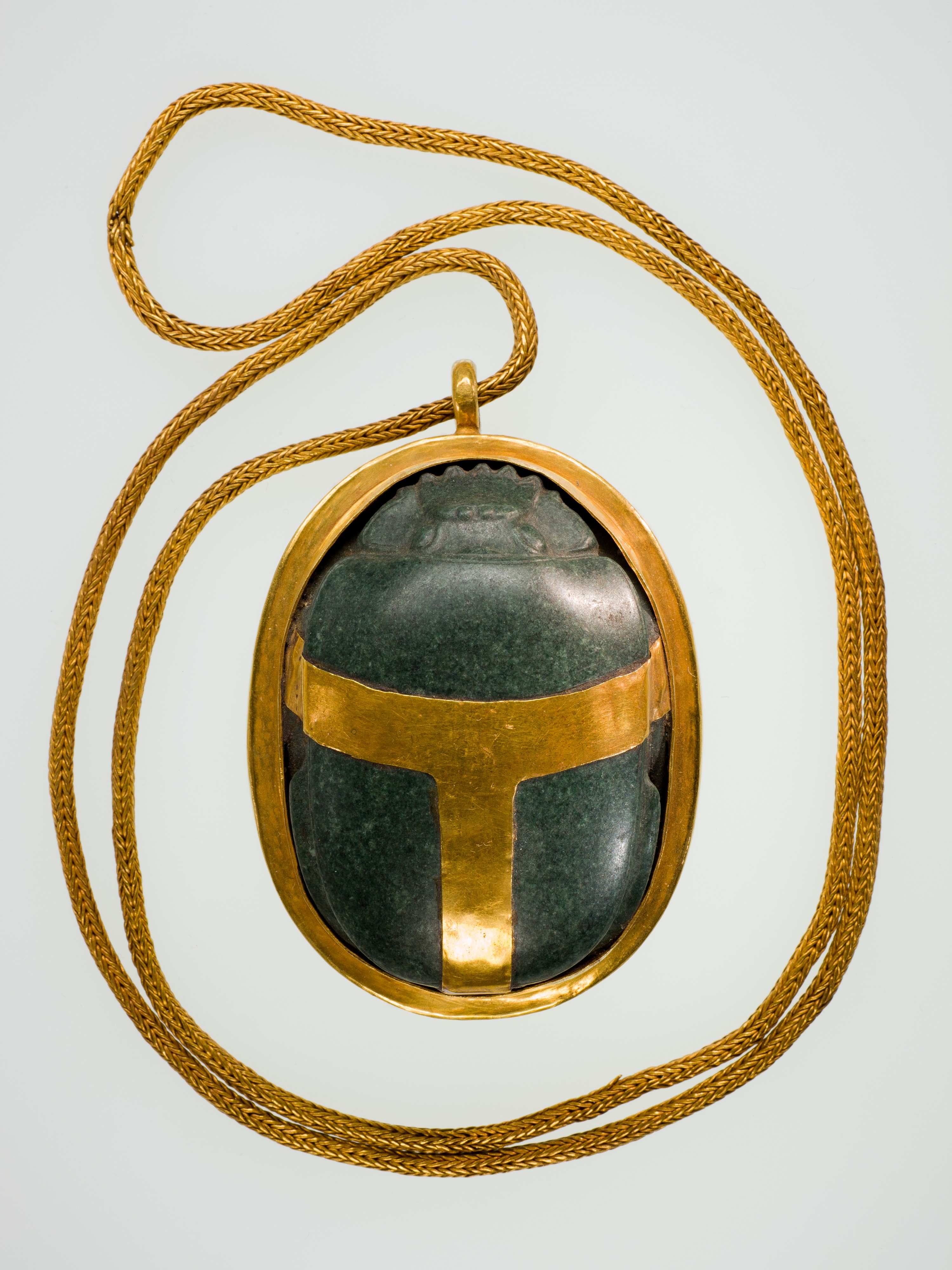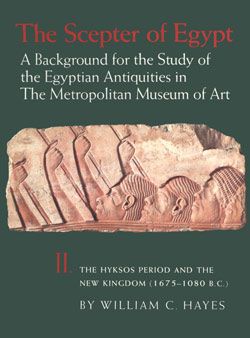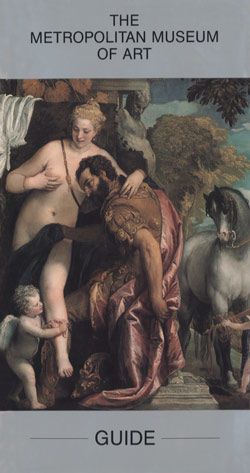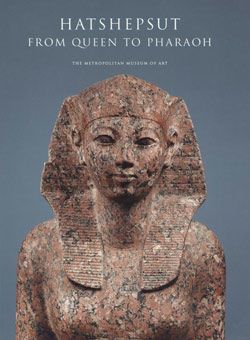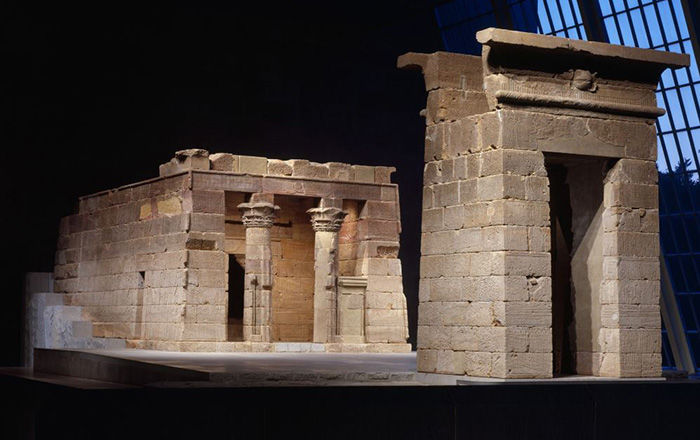Heart Scarab of Hatnefer
New Kingdom
Hatnefer's heart scarab is an exceptionally fine example of this type of funerary equipment and is comparable to those made for contemporary royalty. Every feature of the scarab beetle is carefully rendered. The exquisite chain is made of gold wire, plaited in a quadruple-link pattern. The scarab's base is engraved with a version of Book of the Dead chapter 30A, in which the deceased addresses her own heart, exhorting it not to bear witness against Hatnefer during the final judgment in the afterlife. In the top line, Hatnefer's name was inserted over an erased text, indicating that the scarab was not originally made for her.
Heart scarabs were very popular amulets. For the ancient Egyptians the heart was not only the center of life, but also of thinking, memory, and moral values. In the final judgement the heart was thought to be weighed against maat – the principle of order and justice. Only if the deceased had lived a righteous life was he or she allowed to live on in the afterlife. Understandably, the Egyptians feared a negative outcome and special amulets were used to ensure a positive judgment. The flat underside of a heart scarab is usually inscribed with chapter 30B of the Book of the Dead, the so-called heart scarab spell, or with its less common version, chapter 30A, which was used here.
The tomb of Hatnefer was discovered by the Museum's Egyptian Expedition in 1936. Hatnefer's heart scarab, mummy mask, canopic box, two rings, and two scarabs came to the Museum in the division of finds.
This image cannot be enlarged, viewed at full screen, or downloaded.
This artwork is meant to be viewed from right to left. Scroll left to view more.
